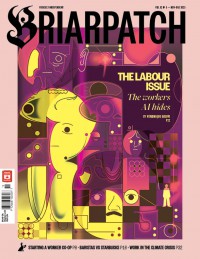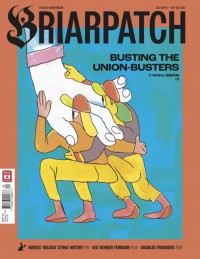-
 Magazine
Magazine“We are fed the same way caged animals are”
To understand what life is like along the “continuum of confinement,” three people living in prisons and long-term care homes share the food they have eaten and eat every day.
-
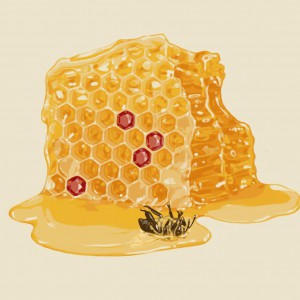 Magazine
MagazineTo save the bees, we must confront capitalist agriculture
Honeybees pollinate millions of acres of monocultured crops and produce vast amounts of honey for sale. They have become workers in the landscapes of capitalist agriculture. But they’re dying at a terrifying pace, plagued by mites, pesticides, and poor nutrition.
-
 Online-only
Online-onlyThe dark side of prison food service
In Ohio, where Aramark is contracted to provide food to state prisons, the corporation seems more interested in profit than the safety and health of prisoners.
-
 Online-only
Online-onlyWhat’s wrong with “Milking prison labour”?
Some clarifications about Briarpatch’s recent article about the reopening of the Kingston prison farms, and the work of Evolve Our Prison Farms.
-
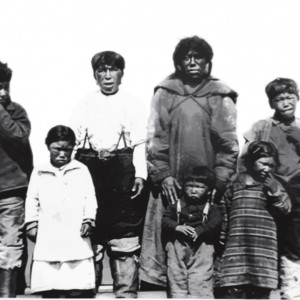 Magazine
MagazineWolverine hunt
While driving, my grandfather – the greatest hunter I’ve ever known – asks me how many bullets I have left. “Atausiq,” I reply. One. He looks back at me and tells me if I miss it, the wolverine will be long gone.
-
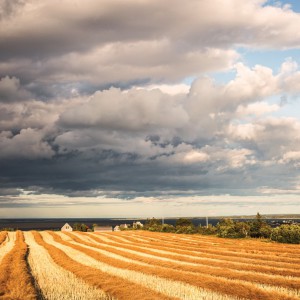 Magazine
MagazineThe fight for food sovereignty on P.E.I.
Big agribusiness corporations control the entire food supply chain – from seed to superstore – on Prince Edward Island. But small family farms are fighting back.
-
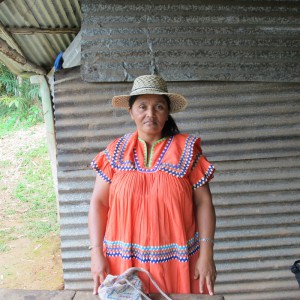 Magazine
MagazineVoices of resistance
Across the Americas, Indigenous women are working to restore values of harmony, co-operation, balance, and respect within their communities.
-
 Magazine
MagazineFreshwater food security
Many fishers are passionately opposed to wasting fish but struggle to survive in an industry where the price paid per pound has declined over the years while costs such as gasoline, labour, and equipment have only risen. Fishers in Grand Rapids have come up with a potential solution.
-
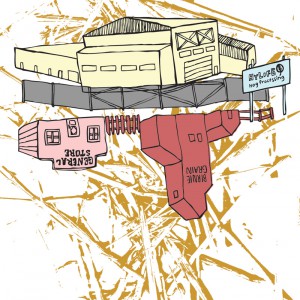 Magazine
MagazineLiving the HyLife
Over the past 40 years, increasing numbers of Prairie towns and villages are “dying” as people leave in droves to find work in the city. But aggressive recruitment campaigns by the hog industry are now re-populating and transforming the demographics of some of Manitoba’s smaller urban centres. What do these changes mean for these once-stereotypical Prairie towns and the growing populations of economic migrants who now call them home?
-
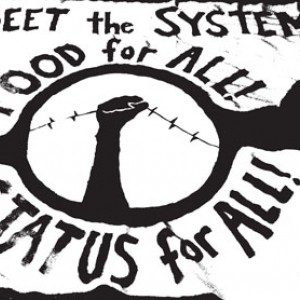 Magazine
MagazineLetter from the editor
Necessary for survival and intricately intertwined with our emotions, spirituality and culture, food holds major power. As such, the systems that govern its cultivation, distribution and consumption are fertile battlefields for controversy, domination, generosity and resistance.
-
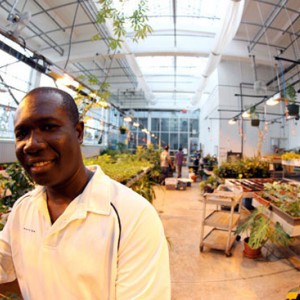 Magazine
MagazineFood for all!
In 2009, immigration enforcement entered a community garden outside a Toronto food bank and deported one of its users. The deportation was but one of the 70-odd sweeps, detentions and deportations that happen in Toronto every single day and underscored one of the barriers to food access for undocumented migrants in this country.
-
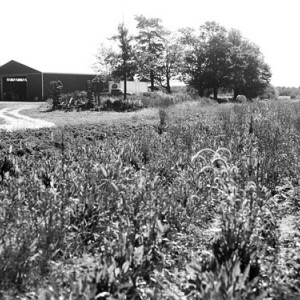 Magazine
MagazineSelling the farm
If Harper has his way, CETA – the biggest trade deal since NAFTA – will be finalized by the end of this year. The agreement has largely escaped the attention of the media and food activists, but if gone unchallenged will deal a heavy blow to food sovereignty in this country.
-
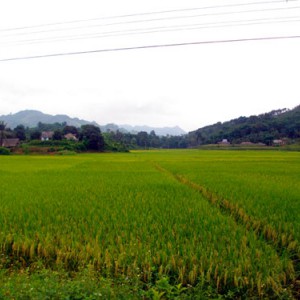 Magazine
MagazineRecipe for disaster
Monsanto is among a handful of powerful multinationals that, with the support of Western governments, including Canada’s, are priming Vietnam to become a hotbed of biotechnology development, with potentially devastating consequences for its land and people.
-
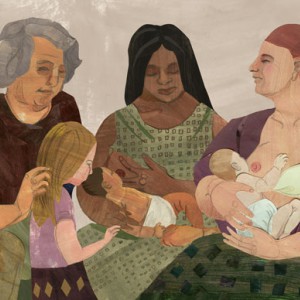 Magazine
MagazineFrom apple pie and mother’s milk to pop-tarts and formula
Ninety per cent of pregnant families in Canada plan to breastfeed their children. After the recommended six months later, less than 25 per cent of those families are still exclusively breastfeeding. This is a story of severed cultural ties to breastfeeding knowledge; “breast is best” lip service by many care providers, hospitals and government funding models; and huge marketing dollars from the big multinationals that produce artificial human milk (marketed as the more genteel “formula”).
-
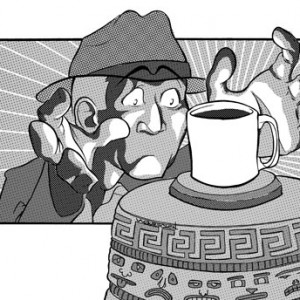 Magazine
MagazineFair trade and empire
Fair trade marketing and advocacy rely on the idea that fair trade increases connectedness between Global South producers and Global North consumers. But while fair trade does reduce the number of intermediaries in the supply chain as compared to the free trade system, it also serves to reinforce racist and colonial distinctions between the poor Global South farmer and the benevolent Global North consumer. While it may channel slightly more income into agricultural communities, it ultimately fails to address the colonial capitalist structures that produce the impoverishment of farmers on an ongoing basis.
-
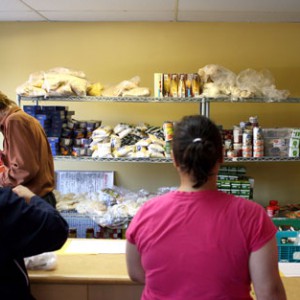 Magazine
MagazinePropagating the food movement
Rhizomes are horizontal, underground plant stems with the ability to create complex root systems. They can expand relentlessly underground, often lying dormant for years, and re-emerge as healthy plants in different locations when the internal and external conditions are right. Each new plant created is connected to the parent but exists as its own independent, flourishing entity. The rhizome can serve as a metaphor for the Canadian food movement – a decentralized network of diverse, self-organizing, interconnected initiatives with no identifiable beginning or end.
-
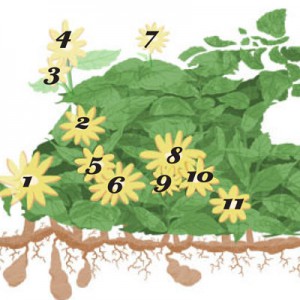 Magazine
Magazine20 food initiatives to get excited about
A recent study on the Canadian food movement found it to be uniquely decentralized and self-propagating in comparison to other social movements. Through phone and e-mail conversations with foodies across the country, Briarpatch learned about dozens of inter-connected but independent food-related initiatives that together are crafting a network of more sustainable, democratic and inclusive food systems that challenge our current corporate, industrial model. What follows is a small sampling of the most exciting initiatives we came across.
-
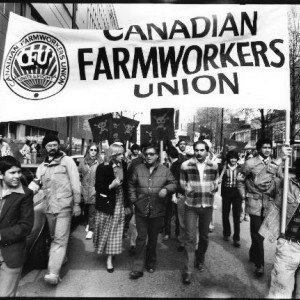 Magazine
MagazineThe colour of food
Farm workers and their unions have always been at the forefront of the battle to reduce the toxic pesticides served on our fruits and vegetables, fighting for environmental food standards before most consumers were aware of the concept of organic food. Yet today, many food activists seem concerned solely about directly supporting their local farmer, with farm workers’ conditions absent from the seasonal garden tour map.
-
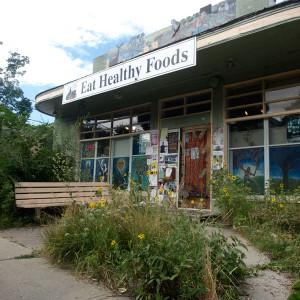 Magazine
MagazineFeeding the revolution
After years of working for cash-strapped environmental organizations, Rick Morrell founded an organic grocery store in 1996 with the goal of directing profits into the environmental movement. Fifteen years later, Morrell is still struggling to find those profits, but the store has become a mainstay in Regina’s activist community.
-
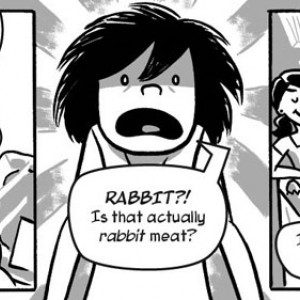 Magazine
MagazinePeak oil for preteens
Claudia Dávila’s debut graphic novel, Luz Sees the Light, sets Luz and her friends on a path to transform their fossil-fueled world.

